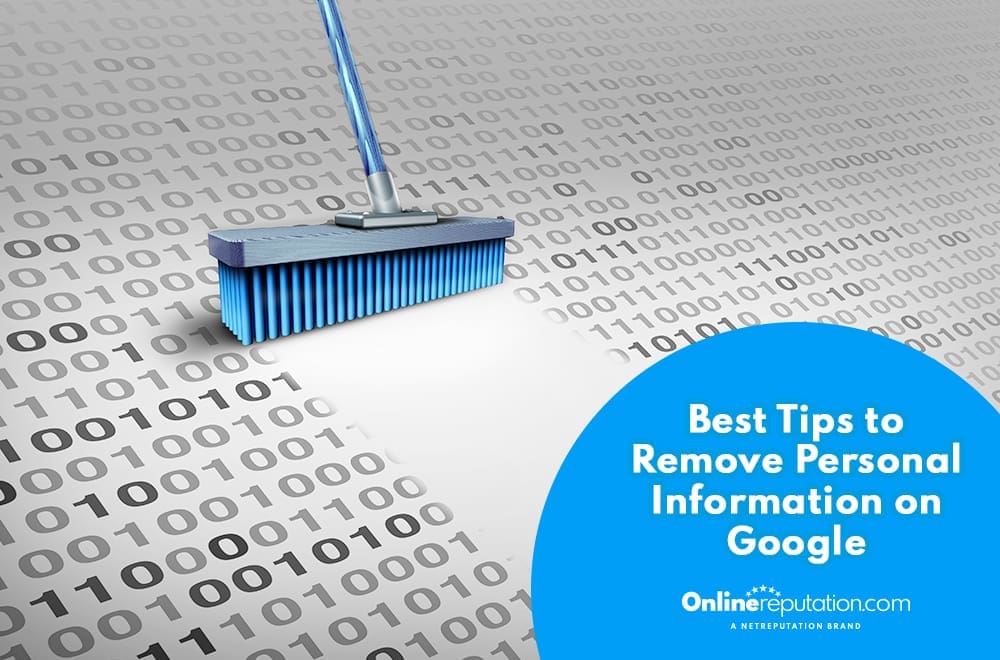
Want to remove personal information from Google? We explain what info can be removed, how to request it, and tools to help you. Take control of your privacy now.
Understanding What You Can Remove from Google Search Results
The main goal is to understand which types of personal information can be removed from Google search results. To protect privacy, Google allows the removal of personally identifiable information, intimate personal images, and explicit content. Recently, Google introduced new options to make it easier for users to manage their online presence.
However, not all information can be removed. Google will not delete data valuable to the public, such as information from government or educational websites. While you can remove sensitive personal details, some public records will still be accessible through search engines.
Even if your removal request is accepted, the information is not completely deleted from the internet or other search engines. Removing items from Google search results means they won’t appear in Google searches, but the content still exists on the web. Knowing these limitations is important as you work to protect your personal data.
Steps to Request Removal of Personal Information on Google
Requesting the removal of personal information from Google involves a few steps. First, visit the ‘Results About You’ page. This tool lets you enter contact information, like your name, nickname, or email address, to find matching search results.
After entering your information, follow these steps:
- Go to the ‘Results to review’ tab to see search results with your personal details.
- Select the checkbox next to each result you want to remove.
- Submit the removal request. The’ Remove result’ option might not be available if the result is from a government or educational site.
If you prefer not to log in or request someone else, use the removal request form available through Google’s Help Center. After submitting your request, check for email confirmation to ensure it has been received.
Filling out the removal request form involves selecting the type of information you want to remove and providing the necessary details. Following these steps, you can remove your personal data from Google search results.
Using Google’s Results About You Dashboard
The ‘Results About You’ dashboard helps users track and manage their personal information in search results. To access the dashboard, visit the Results About You website or the Google mobile app, tap your account photo, and select ‘Results About You.’ This tool lets you request the removal of personal details like email addresses, phone numbers, or home addresses.
One useful feature of the dashboard is the ability to set up notifications. You can get updates via email or push notifications when new search results with your contact info appear. This keeps you informed about any new instances of your personal data online.
To check the status of your requests, visit the ‘Results About You’ page. Under the ‘Removal requests’ tab, you’ll find details like:
- The link to the flagged page
- Submission date and time
- Request ID
- Flagged contact info for each request
This dashboard makes it easy to manage your online presence and personal information.
Requesting Removal of Non-Consensual Explicit Images
Google has a process for requesting the removal of non-consensual explicit images. To qualify, the images must show you (or the person you’re representing) nude, in a sexual act, or in an intimate state, and must have been made publicly available without your consent. This protects individuals from harmful exposure.
To start the removal request, follow these steps:
- Go to the appropriate Help Center page and begin the removal request form.
- Click ‘Start removal request.’
- Select the reason for the request.
- Include contact details and screenshots.
- Submit the request for review.
Google reviews each request based on the requirements and may ask for more information. Following these steps helps ensure the removal of non-consensual explicit content from Google search results.
Reporting URLs with Personal Contact Info
If you find URLs containing your personal contact information, Google allows you to report and request their removal. You can report home addresses, phone numbers, and email addresses for removal from search results to keep your personal information private.
To report URLs, click ‘More’ on Google Search, select ‘Remove result,’ and follow the steps to submit your request. You can also report URLs through the ‘Results About You’ page by entering the contact info you want to find in search results. If you see search results with your contact info, select ‘Remove result’ from the ‘About this result’ panel.
After submitting a removal request, you will receive an email confirmation within a few hours. This process helps ensure that personal content is removed from Google search results, protecting your privacy.
Monitoring the Status of Your Removal Requests
After submitting a removal request, tracking the status is important to stay informed about the progress. Google will send you email confirmations and updates about your request. Notifications will let you know if your request:
- Meets the requirements
- Is approved
- Is denied
- Needs more information
You can also check the status of your requests on the ‘Results About You’ page. This feature provides real-time updates and informs you of your request’s status. Remember, there might be a delay between approving a request and removing the result from search results. Keep this in mind when managing expectations.
Avoid submitting duplicate requests if the initial one is still being processed. You can effectively manage the removal process and protect your personal information by tracking your requests and their status.
What to Do If Removal Requests Are Denied
If your removal request is denied, you can still protect your personal information by:
- Contacting the website owners directly to request content removal.
- Taking legal action if the content is harmful or violates privacy laws.
- Setting up continuous monitoring to manage new or reappearing instances of sensitive data online.
These steps help maintain your privacy, even if initial requests are rejected.
Legal Requirements for Removal Requests
Google reviews removal requests to ensure they meet policy requirements. This includes confirming that the contact info is personal and not professional information meant to harm. Following Google’s policies, the review process ensures that only appropriate content is removed from search results.
Legal reasons for content removal include copyright infringement, trademark violations, and court orders. Google also reviews content removal requests to ensure they align with specific personal content policies, such as explicit images, involuntary fake pornography, and doxxing content. Understanding these legal requirements is important for the success of your removal requests.
Preventing Future Exposure to Personal Information
Preventing future exposure of personal information requires proactive measures. Strong, unique passwords for different online accounts can significantly protect your personal information. Regularly updating social media privacy settings can also reduce your personal data’s visibility.
To protect your personal information online, follow these tips:
- Avoid sharing sensitive personal information publicly online, such as on social media or forums.
- Enable two-factor authentication on accounts for extra security.
Following these tips can help reduce the risk of future exposure of your personal information.
Summary
Navigating the digital world can be challenging, but controlling your personal information is essential for maintaining privacy and security. You can effectively manage your online presence by understanding what types of information can be removed from Google search results, following the steps to request removals, and knowing what to do if requests are denied.
Prevention is key. Regularly updating your privacy settings, using strong passwords, and enabling two-factor authentication can help protect your personal information. Use these tips and tools to safeguard your privacy in today’s digital world.
You might also like
Understanding Reputation Insurance: What You Need to Know
Want to remove personal information from Google? We explain what info can be removed, how to request it, and tools …
